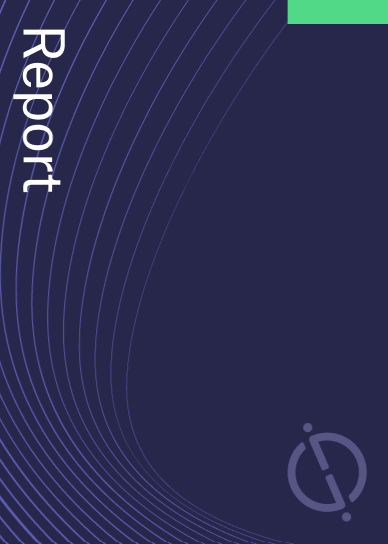Marinus Pharmaceuticals. has filed a patent for an injectable ganaxolone formulation that includes ganaxolone, sulfobutyl ether-ß-cyclodextrin, and water. The formulation can be used to treat patients with seizure disorders, stroke, or traumatic brain injury. It can also be combined with other active agents for enhanced effectiveness. GlobalData’s report on Marinus Pharmaceuticals gives a 360-degree view of the company including its patenting strategy. Buy the report here.

Discover B2B Marketing That Performs
Combine business intelligence and editorial excellence to reach engaged professionals across 36 leading media platforms.
According to GlobalData’s company profile on Marinus Pharmaceuticals, Nanoparticle drug conjugates was a key innovation area identified from patents. Marinus Pharmaceuticals's grant share as of September 2023 was 26%. Grant share is based on the ratio of number of grants to total number of patents.
Injectable ganaxolone formulation with sulfobutyl ether-ß-cyclodextrin for treatment
A recently filed patent (Publication Number: US20230293549A1) describes an aqueous injectable formulation of ganaxolone, a medication used to treat seizure disorders, stroke, and traumatic brain injury. The formulation includes ganaxolone and sulfobutyl ether-ß-cyclodextrin in an inclusion complex, along with water. The complex is typically a 1:1 ratio of ganaxolone to sulfobutyl ether-ß-cyclodextrin. The concentration of ganaxolone in the formulation can range from 0.1 mg/mL to 15 mg/mL. Sodium chloride can also be added to the formulation at a concentration of 0.5% to 1.5%. The w/w ratio of sulfobutyl ether-ß-cyclodextrin to ganaxolone is typically 52:1 or greater, but can range from 52:1 to 80:1, with a preferred ratio of 55:1. The formulation may also include a surfactant, such as polysorbate 80, at a concentration of 0.5% to 15% (weight percent). The pH of the formulation can range from 2.5 to 11.0, with a preferred range of 6.8 to 7.6. A buffer, such as phosphate buffer or phosphate buffered saline, can be added to the formulation at a concentration of 2 mM to 50 mM. The formulation may also include a preservative, such as benzyl alcohol or parabens.
The patent also describes a lyophilized formulation of ganaxolone, which can be reconstituted in water to provide a clear solution. The lyophilized formulation includes ganaxolone and sulfobutyl ether-ß-cyclodextrin, and may also include a surfactant, buffer, preservative, and bulking agent, such as mannitol or lactose.
The patent further discloses methods of treating patients with seizure disorders, stroke, or traumatic brain injury using the ganaxolone formulation. The formulation can be administered intramuscularly or intravenously as a single bolus dose or multiple bolus doses over 1 to 10 days. The amount of ganaxolone administered can range from 1 mg/kg to 200 mg/kg. The formulation can also be administered as an intravenous infusion for 1 to 10 consecutive days at a rate of 1 to 10 mg/kg/hr, with or without an initial bolus dose. The formulation may be administered alone or in combination with other active agents, such as anticonvulsants or anesthetic/sedatives.
To know more about GlobalData’s detailed insights on Marinus Pharmaceuticals, buy the report here.
Data Insights
From

The gold standard of business intelligence.
Blending expert knowledge with cutting-edge technology, GlobalData’s unrivalled proprietary data will enable you to decode what’s happening in your market. You can make better informed decisions and gain a future-proof advantage over your competitors.




